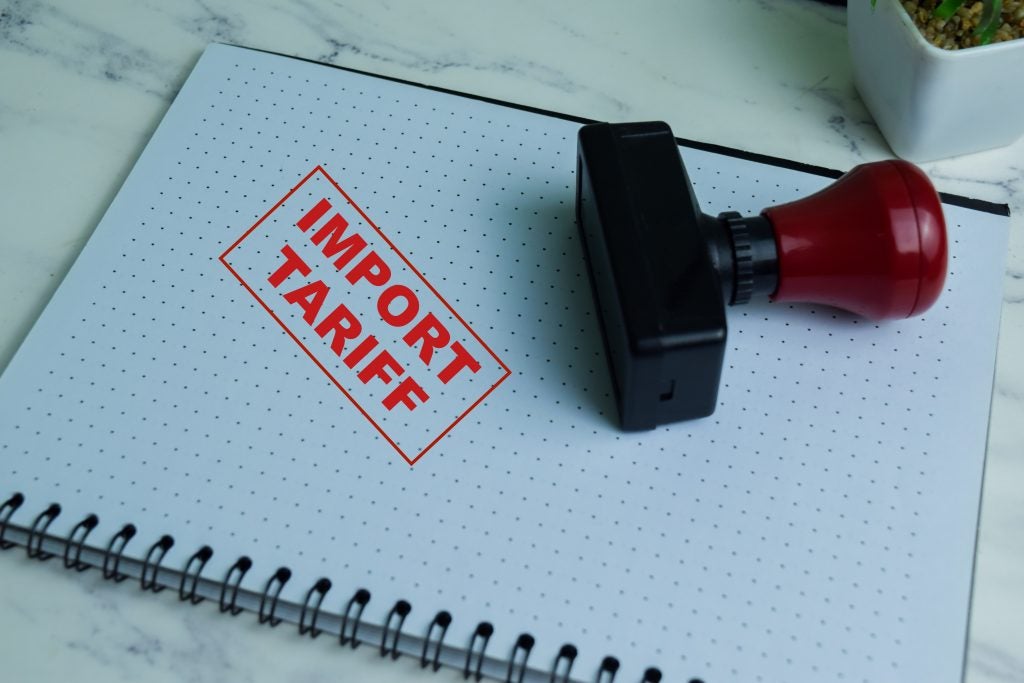
You don’t have to follow global trade news to feel the ripple effects of a tariff hike.
If you’re in HR or management, you’ve probably already seen the signs. Rising prices on materials. Delays in supply chains. Budget tightening. And perhaps most importantly, questions from your employees. Questions you may not be ready to answer, or even have good answers to.
Even when they’re not the ones negotiating vendor contracts or watching global shipping indexes, your team feels the impact. Sometimes subtly. Sometimes not.
And while there’s plenty of heated debate on why tariffs happen, we’re not here to talk about that. We’re here to talk about what you can do when they do happen—and how to steady the ship for your people.
The Employee Impact: Greater Than You Think
Tariffs often raise costs on imported goods. For businesses, that can mean thinner margins. For employees, it can mean:
- Slower wage growth
- Reduced hours or shifts
- Hiring freezes
- Budget cuts to perks or benefits
- Worry over long-term job stability
Even if you don’t make any cuts, uncertainty alone can take a toll. When your team senses that change is coming—or already here—it affects morale. Productivity dips. Engagement slips. And trust erodes faster than you might expect.
Step One: Get Ahead of the Curve
You don’t need all the answers to address uncertainty. You just need to acknowledge it.
Be honest about the challenges ahead. If your business is facing increased costs, say so. Framing matters. “We’re reviewing options to offset rising expenses caused by import changes” is clearer and more constructive than silence or vague reassurances no one believes.
You’re not creating panic by addressing reality. You’re reducing it.
Step Two: Tighten Communication Loops
The more unpredictable the external environment becomes, the more critical internal communication becomes.
Hold regular check-ins with teams. Equip managers to listen, not just talk. Give employees a channel to ask questions and a reason to trust the answers.
And when you make changes in response to cost pressures, whether it’s adjusting schedules, freezing new hires, or shifting product lines, explain why. Show how the decisions connect back to keeping the business healthy and keeping their jobs secure.
Step Three: Invest in Stability
Yes, budgets may be tight. But not all investments are financial.
This is the time to double down on professional development. Offer cross-training to help employees take on more versatile roles. Promote internal mobility to keep people engaged and reduce turnover. Recognize and reward adaptability.
People who feel seen, heard, and developed are far more likely to stay, even in uncertain times.
Step Four: Reevaluate Vendor and Job Risk
Some roles may be more directly impacted than others. Manufacturing and logistics teams may face disruptions that marketing or IT doesn’t. Vendors may pass costs down the line or suddenly become unreliable.
Use this moment to map out where your biggest exposure lies. Who’s most at risk of burnout? Of layoffs? Of sudden job shifts?
Don’t wait until you’re forced to make decisions under pressure. Plan now. Prepare your people with the skills, transparency, and support they’ll need if changes do come.
Step Five: Model Calm and Control
You set the tone. When leadership stays grounded, so does the team.
That doesn’t mean pretending everything’s fine. It means modeling how to navigate hard times: with clarity, consistency, and care. When your team sees that you’re steady, communicating openly, planning responsibly, and making decisions with their wellbeing in mind, they’re more likely to stay steady too.
The Bottom Line
Tariffs may be beyond your control, but how your team weathers the storm isn’t. Stay proactive. Stay human. And remember that in moments of uncertainty, people don’t expect perfection. They just want to know someone’s at the helm.

